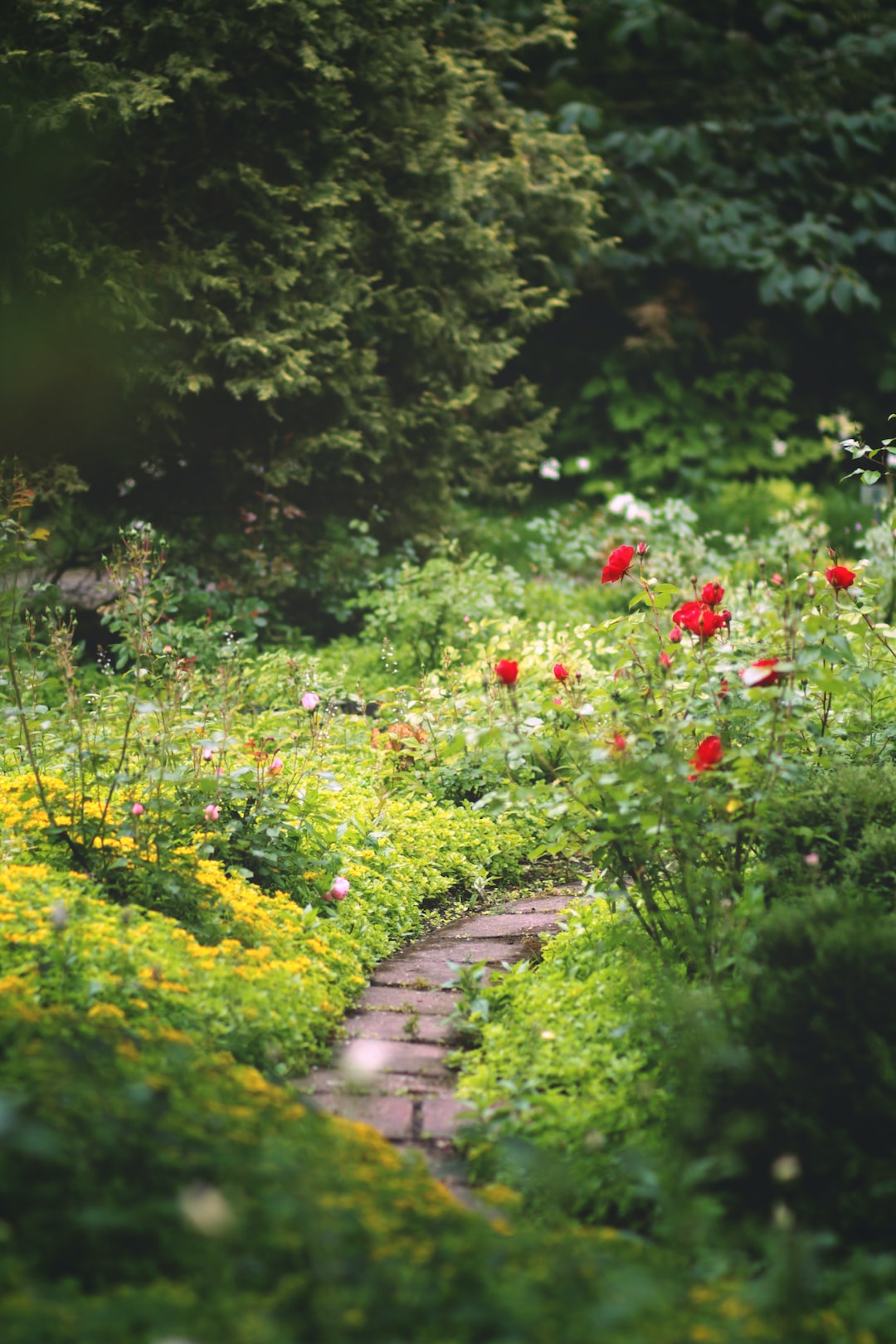Herb gardening is a popular and rewarding activity that allows you to grow your own fresh, aromatic herbs right at home. Whether you have a large backyard or a small balcony, herb gardening is a great way to add flavor to your meals, enhance your cooking skills, and connect with nature. If you’re new to herb gardening, don’t worry! This beginner’s guide will help you get started on your journey to growing your own herbs.
1. Choose the Right Herbs:
The first step in herb gardening is choosing the herbs you want to grow. Consider your preferences, the herbs you use most in your cooking, and their growing requirements. Some popular choices for beginners include basil, parsley, mint, rosemary, and chives. These herbs are versatile, easy to grow, and can thrive in different conditions.
2. Find the Perfect Spot:
Most herbs require at least six hours of direct sunlight each day, so choose a spot in your garden or balcony that gets ample sunlight. If you live in a small space, opt for container gardening and place your pots near a sunny window or on a balcony. Additionally, make sure the soil is well-draining to prevent excessive moisture that can cause root rot.
3. Prepare the Soil:
Before planting your herbs, it’s crucial to prepare the soil properly. Herbs generally prefer well-draining soil that is rich in organic matter. You can enhance the soil by adding compost or organic fertilizer to provide essential nutrients for your herbs.
4. Planting and Caring for Herbs:
Start by planting your herb seeds or seedlings according to the instructions provided on the seed packet or label. Water them thoroughly after planting and continue to water regularly, ensuring the soil remains moist but not waterlogged. It’s important to regularly remove any weeds that might compete for nutrients and space with your herbs.
5. Harvesting and Using Herbs:
As your herbs grow, you can start harvesting them for culinary use. Harvesting stimulates new growth, so make sure to trim your herbs regularly. For leafy herbs like basil and parsley, pick the leaves individually or cut a few inches above the soil level. Woody herbs like rosemary and thyme can be pruned by removing whole stems. Remember to wash the harvested herbs thoroughly before using them to remove any dirt or insects.
6. Preserve Your Harvest:
To enjoy your herb garden throughout the year, consider preserving the excess harvest. You can dry herbs by hanging them upside down in a dry, well-ventilated area. Alternatively, you can freeze herbs by chopping them finely and placing them in ice cube trays filled with water or olive oil.
Growing your own herbs not only allows you to enjoy fresh flavors in your cooking but also gives you a sense of accomplishment and a deeper connection with nature. Follow this beginner’s guide, and soon you’ll be savoring the joy of harvesting and using your home-grown herbs in delicious meals!

